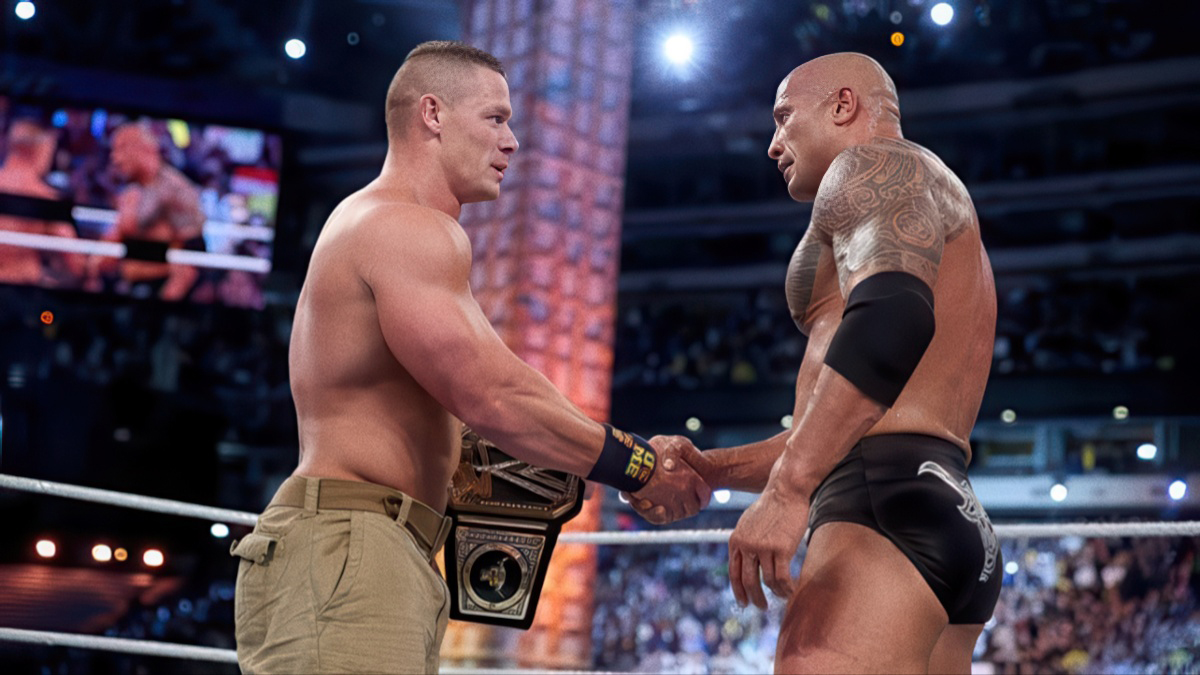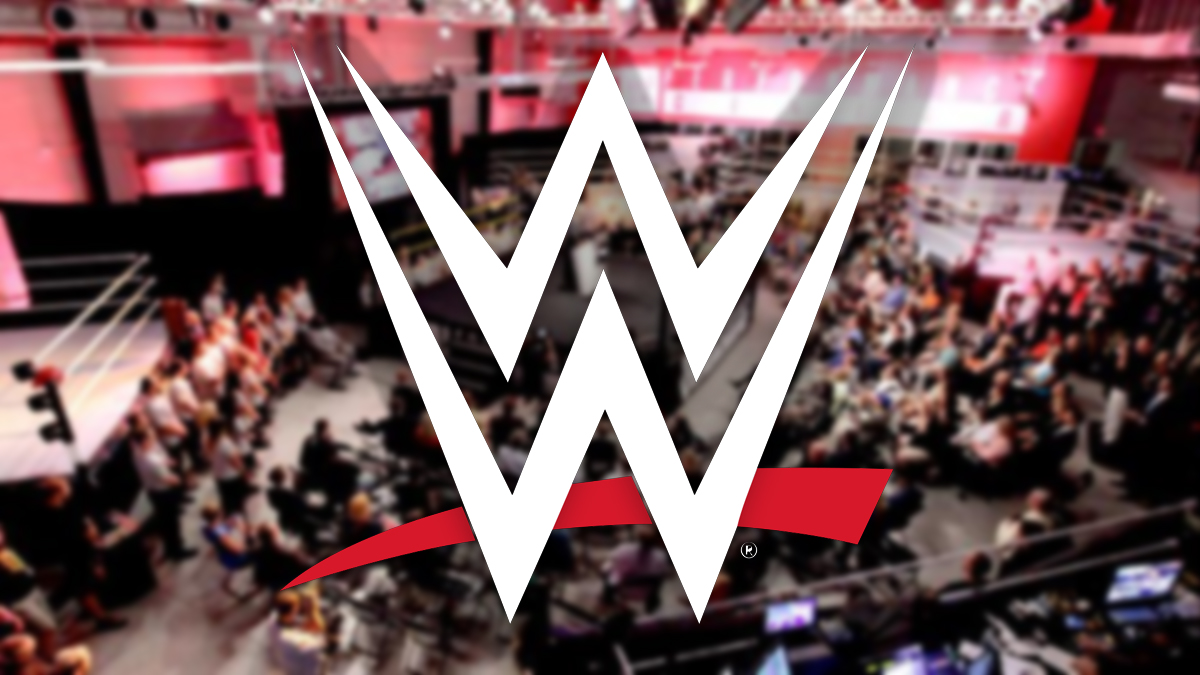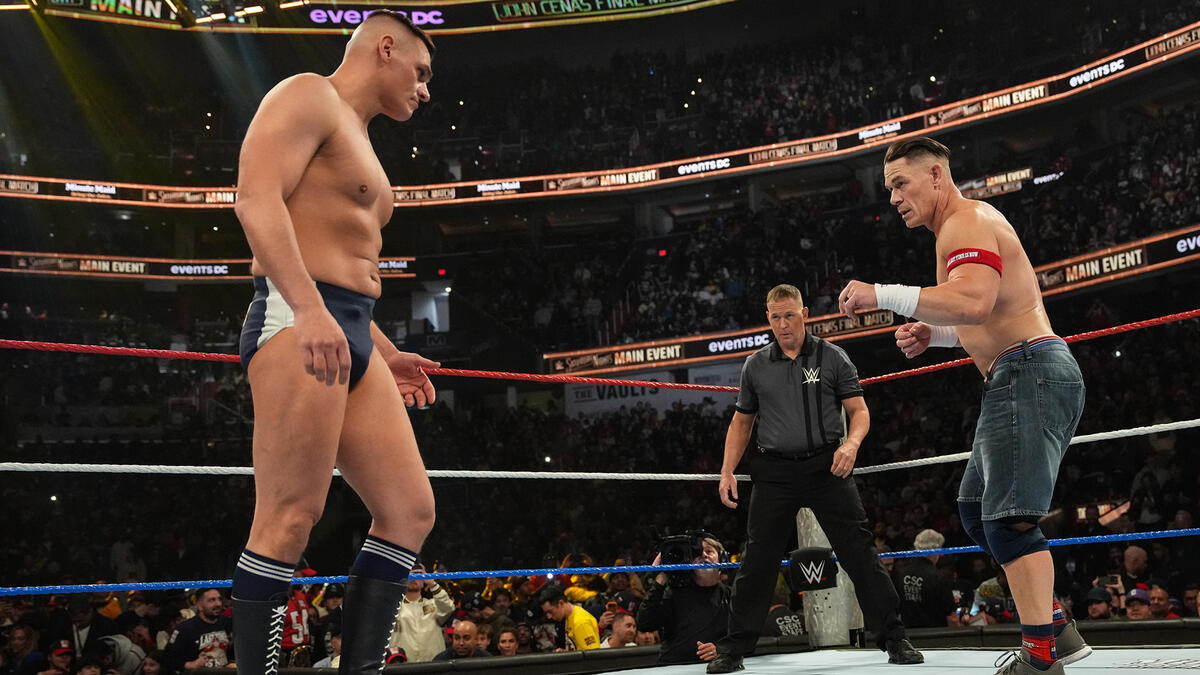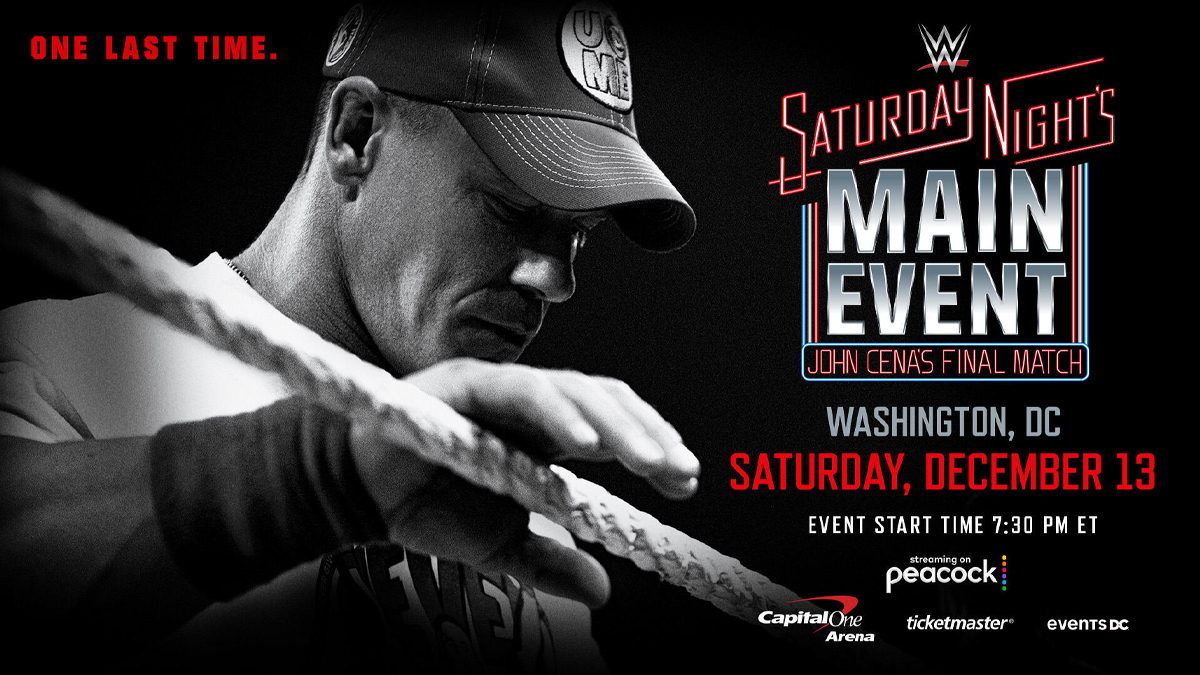Seattle is renowned for a wide variety of things. There’s the beautiful mountains and ocean views, the Mariners, Seahawks and SuperSonics, the rain, the Space Needle and the historic Pike Place Market. Bill Gates, Bruce Lee, Judy Collins and Jimi Hendrix all came out of The Emerald City. And in just a few days, it will be showcased around the world as the host of WrestleMania XIX at Safeco Field.
As far as pro wrestling goes, Seattle is never mentioned as one of the meccas of the sport, despite giving the world the late, great Johnny Valentine. Yet it does have a rich history of providing top-notch action.
For most of its history, Seattle was served either by the promotion running out of Portland, Oregon, almost 300 km to the south, or Vancouver, B.C., 200 km to the north. On occasion, an office was in Seattle as well, usually in association with B.C. or Oregon.
The best-known Seattle-based promotion was Superstar Championship Wrestling, run by Dean Silverstone. “Superstar was somewhat of an outlaw promotion stuck between Vancouver and Portland during the early ’70s,” said Mike Rodgers, who has been publishing the Ring Around The Northwest newsletter for 20 years now. “There was a lot of heat on him for opening up in between the NWA territories. For a while he was very successful.”
Dean Silverstone first got involved in wrestling in 1958, writing and selling wrestling programs at arenas in the Northwest. He started working as a referee, and began promoting in 1965, running spot shows for the office in Seattle run by Harry Elliott, who was associated with Don Owen’s Portland promotion. Elliott had a deal with CBS-TV in the Northwest to do a show taped in Seattle that aired across the state, and into Oregon, Idaho, Montana, Utah, Wyoming and Colorado. In 1967, the TV deal was cancelled and Elliott retired from promoting.
After a number of months with a wrestling vacuum in Seattle, Silverstone stepped up to the plate to promote the city. He taped a weekly show in Yakima, WA and set up a network of stations to run the Superstar Championship Wrestling program. “I ran the entire State of Washington, western Idaho, and Northeastern Oregon. In Washington State alone we held the promoters license for over 300 towns,” Silverstone said.
The crowds were really a mix from city to town, explained Silverstone. “In populated areas, Seattle, Portland, Vancouver, Spokane, they were mostly city folk, but in Eastern Washington where there is little but farmland, the core of the audience were hard working day labourers.”
On one occasion, a media storm erupted when Lumberjack Luke (Don Morrison) referred to the listeners of a Yakima radio station as “pig farmers”. In a column for the Whatever Happened to … ? newsletter, Silverstone explained the result of the line. “‘Lumberjack Luke calls us pig farmers.’ That was the headline in over 25 local newspapers and the lead news story on God knows how many local TV newscasts. All of a sudden, newspapers that before refused to even print wrestling results (although they gladly accepted our revenue to place an advertisement), and TV stations that earlier said ‘. . . televise wrestling, you must be joking’, were reporting Lumberjack Luke’s comments like he was solely responsible for the Watergate break-in.”
When Superstar Championship Wrestling lost its TV deal in the late ’70s, it spelled the end of the promotion. Dutch Savage, who had worked the area for years, stepped into the void and bought the rights to run the territory from Don and Elton Owen under their Pacific Northwest Wrestling banner. “Finally I got smart. What am I doing with all this money I’m making? So I might as well invest it in something I know how to work in, so I invested in the business,” said Savage. “We had the hottest territory in the nation there for almost eight years in the Portland and Washington territory. My end of the territory, Washington, was outdrawing Oregon 50-1. Elton Owen said, ‘You know, I don’t know what you’re doing up there. You want to give me a hand with the book down here?’ So I did and he gave me part of his business. What I would do, I’d bring Clamath Falls, Oregon, it never drew over $2,500. I’d be bringing in $12,000-$15,000 a show. That’s when ringsides were $2.50. Elton would step in after I got the territory going good for me and kill it. Then I’d bring it back up again.”
Like the rest of the country, by the mid-’80s, it was only the big TV stars from the WWF, AWA or NWA that the fans came to see. Kurt Nielsen was a fan at the time, who later got involved himself as wrestler Plowboy Kurt. “By the time Vince McMahon started his expansion, things started thinning down. I think Owen might have had two shows a year at the Seattle Center Arena at that point. They were starting to draw 300-400 fans,” Nielsen said. “He’d only get big attendance when he brought in players from [Jim Crockett Promotions], like Ric Flair, Ronnie Garvin, The Road Warriors, the Koloffs, or free agent Bruiser Brody.”
Nielsen noted that the crowds had different make-ups at the different shows. “I found, in general, the crowds were a good mix of younger and older fans, from all walks of life. You’d see more of the older fans at the Owen shows, and more kids at the WWF stuff. The Owen shows were catering more to the true wrestling fans, whereas the WWF was more for the video game set. Don Owen always brought a higher grade of wrestling.”
With the eventual folding of Pacific Northwest Wrestling — one of the last independents to stay standing against the national expansions — Seattle was once again a city with no local wrestling. Today, the WWE comes to town a few times a year.
Holding WrestleMania allows the WWE a chance to utilize the new Safeco Field, home of the Mariners. Its capacity is 46,621 for baseball, and more than 50,000 are expected for the annual gala.
- To order a copy of Ring Around The Northwest, send $1 per issue to Mike Rodgers, 2740 SE Lewellyn, Troutdale, Oregon, 97060.
- For details on Scott Teal’s Whatever Happened To … ? newsletter, see www.1wrestlinglegends.com




